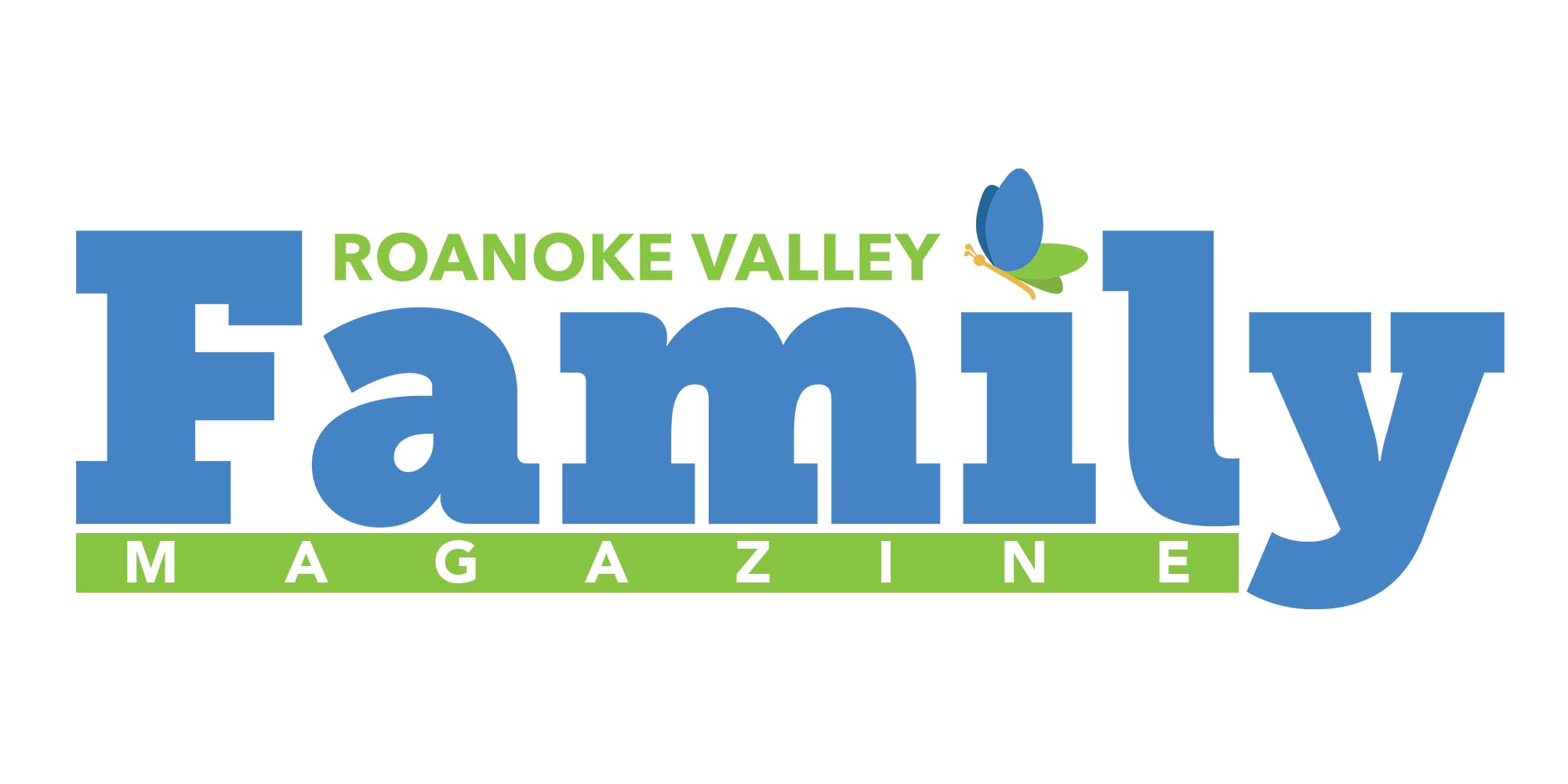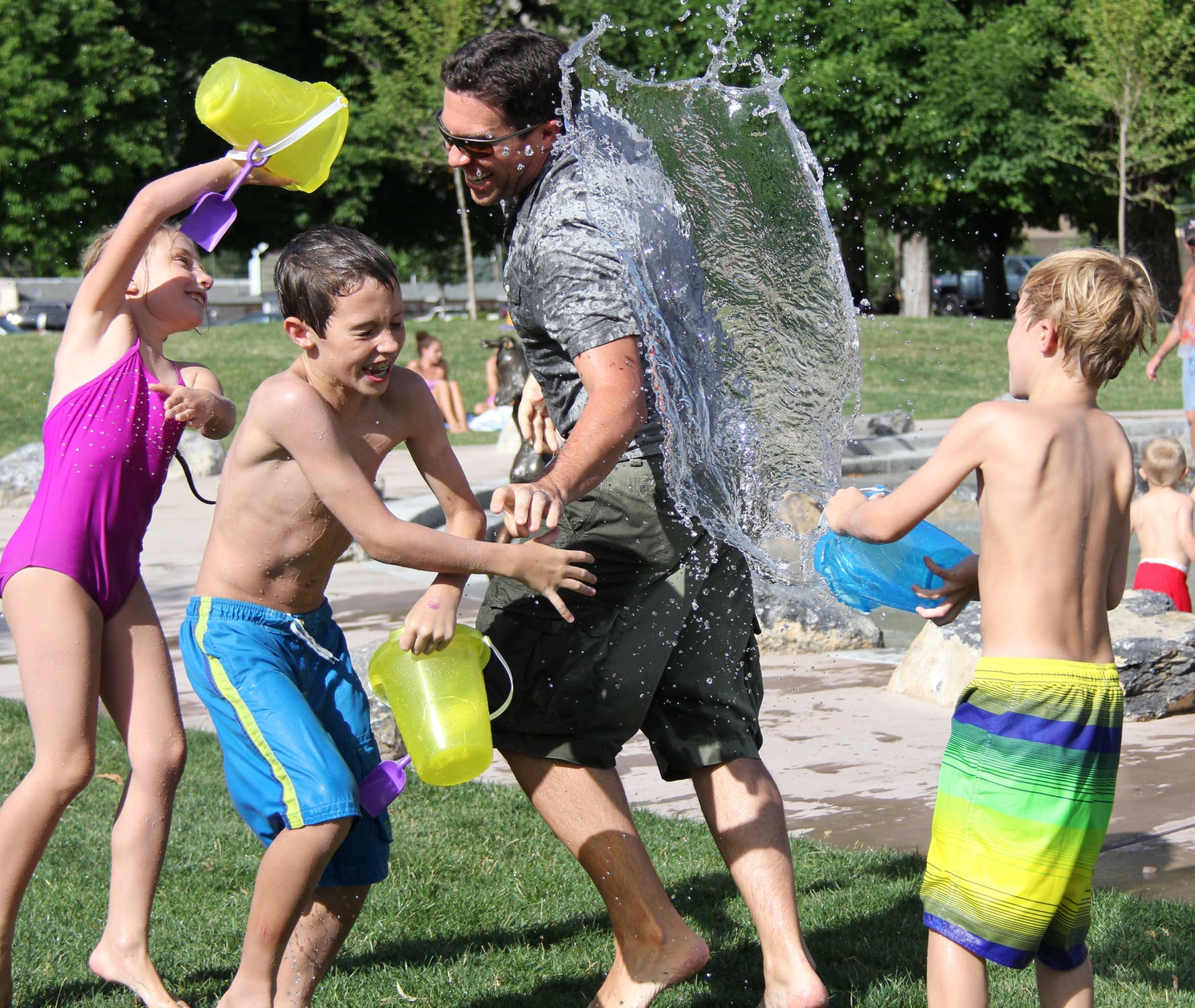So, What is Montessori Anyway?
Maria Montessori was born in 1870 in Chiaravalle, Italy. She graduated from the University of Rome as one of Italy’s first female physicians at a time when many women never made it past grade school. She became the director of the Orthophrenic School for developmentally disabled children in 1900, where she began to extensively research early childhood development and education. She studied other educational theorists, and began to create her own method and put it into practice through hands on scientific observation of her students. The results were remarkable! The children were learning to read, pass tests, and do things that had been previously thought not possible. Her success with these children with disabilities sparked her interest to test her teaching methods on children with normal abilities, so in 1907 she opened a school in the slums of Rome, for children aged 2 ½ to 6 years. The school, called Casa dei Bambini, or Children’s House, became a learning environment where teachers “followed the child” by encouraging independent learning and creative exploration. Maria Montessori was an advocate for women’s rights, and a strong believer that education and peace go hand in hand. She was nominated for the Nobel Peace Prize twice. Over a century later there are about 20,000 Montessori Schools now covering the globe. What once started out primarily as an early childhood education program has now become a developmentally based education program, which spans across infancy through high school.
The method involves three key relationships: The Child, The Teacher, and The Prepared Environment.
The Child. Montessori education is a “whole child approach” to learning. The primary goal of a Montessori program is to help each child reach their full potential in all areas of life. Activities promote the development of social skills, emotional growth and physical coordination as well as cognitive preparation for future intellectual academic endeavors. The holistic curriculum, under the direction of a specifically prepared teacher, allows the child to experience the joy of learning, the time to enjoy the process, and ensures the development of self-esteem. It provides the experiences from which children create their knowledge.
Montessori schools are not daycare. They are child development centers that aid in the development of the human potential. Maria Montessori said “The greatness of the human potential begins at the hour of birth.” Research clearly shows that the most important periods in a human being’s educational and emotional development are not the years of high school and college, but rather the first six years of life. What a child learns at this period lays the foundation for all future learning and living. While 0-6 is a critical period for learning, Montessori education does not stop with early childhood. Montessori elementary, middle, and high school programs continue to build upon the strong foundation of the Primary curriculum. Children are grouped in multi age classrooms (6 weeks – 16 months,16 months – 3, 3-6, 6-9, 9-12, 12-15, 15-18). This multi age grouping benefits social development, and supports the children to move through the curriculum at their own pace, with more than one level of work available in the classroom.
How does Montessori education benefit the child?
- Each child is respected and valued as a unique individual.
- Students develop order, coordination, concentration, and independence at an early age.
- Students are part of a close, caring community.
- Students enjoy freedom within limits, which leads to internal motivation and joyous learning.
- Students are supported in becoming active seekers of knowledge as they are given the tools to pursue the answers to their own questions.
- Self-correction and self-assessment are an integral part of the Montessori classroom approach.
- Peace education is at the core of our everyday educational pursuits.
- Cultural studies and the arts are interwoven with language, math and science. Students develop cultural awareness as “global citizens.”
- Collaboration and teamwork among peers is encouraged, rather than competition.
The Teacher. Dr. Montessori referred to the teacher as a “Directress”. Through keen observations, he or she directs or guides the individual child to activities that are appropriately matched with the child’s unique skills, developmental needs, and interests. The Teacher serves as a guide, facilitator, demonstrator, role model, mentor, and is the dynamic link between the child and their environment. “The vision of the teacher should be at once precise like that of the scientist, and spiritual like that of the saint. The preparation for science and the preparation for sanctity should form a new soul, for the attitude of the teacher should be at once positive, scientific and spiritual.”(Dr. Maria Montessori, ‘The Advanced Montessori Method – I’, Clio Press Ltd, 107) Montessori teachers focus on the child as an individual. They constantly observe and modify the environment to meet the changing needs of each child in their class. They actively engage children in the learning process and encourage their critical thinking skills. They carefully prepare the classroom so that the children can learn directly from their environment. Teachers give many individual and small group lessons. Lessons are given in such a way as to intrigue the children so that they return to the work to learn more on their own. Montessori said “The teacher…must be like the flame, which heartens all by its warmth, enlivens and invites.”
The Prepared Environment. Dr. Montessori discovered that young children learn best when they have the freedom to explore their environment, to move and touch, manipulate objects with their hands. She expressed, “The hands are the instruments of man’s intelligence.” She developed a series of multi- sensory, sequential activities, often referred to as the child’s “work.” Many of these thoughtfully designed materials are self correcting or didactic, to enable the child to learn naturally, seemingly on their own. There is purpose, order, a developmental and practical aim to every material available in the classroom. Children experience “freedom within limits” in the prepared environment, as they are free to choose their work for as long as they like. For an older child who may have some required work, they are free to choose what order in which to complete their work, or which materials to use that support specific subjects. There are no desks in a Montessori classroom, only work rugs and tables. Children can move around the room freely, as long as they follow the ground rules of the classroom. This freedom within limits builds confidence, autonomy, and intrinsic motivation for learning. The Montessori curriculum is a spiral of interrelated, cross curriculum subjects. The child moves from the concrete towards abstraction, and from the big picture to increasing detail. Research is encouraged early on, and a high level of creativity is reached as children are encouraged to study what interests them. At the same time, teachers ensure they are learning what they need to learn based on their current skill level. Teachers give many individual and small group lessons throughout the day, and carefully track each student’s progress in order to guide them to appropriate work.
Montessori Education is named after Dr. Maria Montessori. It is a philosophy, methodology and a way of Life. In Dr. Montessori’s own words: “Montessori is an education for independence, preparing not just for school but for life!” The Montessori method and materials lend way to countless discoveries, intrinsic motivation, innovative thinking, problem-solving skills, conflict resolution, and a wonderful depth of knowledge. Learning in the “Montessori Way” aids the child in the process of becoming a productive, contributing, and respectful citizen. Above all, it’s a way to experience the joy of learning!
To read more about Montessori visit:
The Montessori Foundation, http://www.montessori.org/




